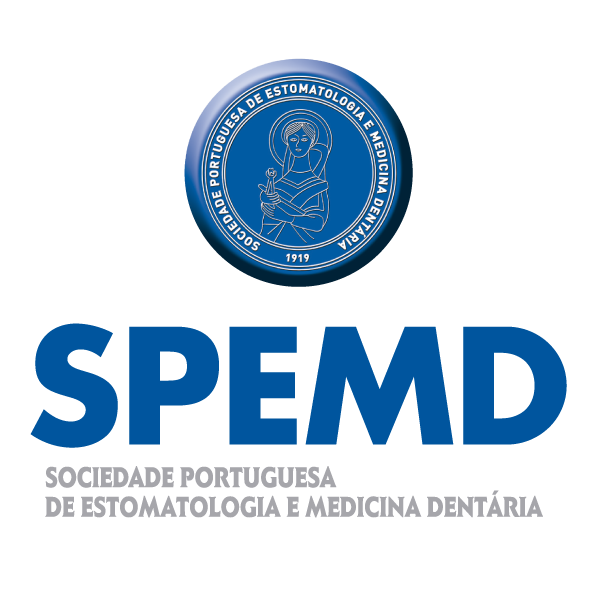
Revista Portuguesa de Estomatologia, Medicina Dentária e Cirurgia Maxilofacial
SPEMD - Rev Port Estomatol Med Dent Cir Maxilofac | 2018 | 59 (2) | Page(s) 100-106
Investigação Original
Avaliação da largura do seio maxilar em indivíduos edêntulos totais e parciais
Evaluation of maxillary sinus width in totally and partially edentulous individuals
a Departamento de Cirurgia, Estomatologia, Patologia e Radiologia. Faculdade de Odontologia de Bauru, Universidade de São Paulo, São Paulo, Brasil
Ana Lúcia Alvares Capelozza - anacapel@fob.usp.br
Article Info
Rev Port Estomatol Med Dent Cir Maxilofac
Volume - 59
Issue - 2
Investigação Original
Pages - 100-106
Go to Volume
Article History
Received on 23/04/2018
Accepted on 27/07/2018
Available Online on 10/09/2018
Keywords
Resumo
Objetivo: Determinar a largura do seio maxilar (SM) em imagens de tomografia computadorizada de feixe cónico (TCFC) e segundo esses valores propor uma nova classificação para áreas edêntulas amplas. Métodos: A amostra foi de 260 SMs obtidas de um banco de imagens. Foram incluídos todos os SMs de indivíduos edêntulos totais e parciais com altura óssea residual (AOR) <10mm, que foram classificados em: severamente deficiente (<4mm), moderadamente deficiente (>4mm <7mm) e ligeiramente deficiente (>7mm <10mm). Foram medidas: a largura do SM em milímetros, as alturas de 5, 7, 10, 13 e 15mm, a partir da crista óssea residual (COR). As mensurações dos níveis de 5, 7, e 10mm representaram a borda inferior da janela lateral de aceso ao SM, e a mensuração de 15mm a borda superior. A média, desvio padrão, mediana, 33° e 67° percentil foram calculados pelo programa Statistica.v 10.0. Enterprise com o nível de significância de 5%. Resultados: A AOR foi considerada severamente deficiente em 126 SMs, moderadamente deficiente em 83 SMs e ligeiramente deficientes em 51 SMs. A média da largura do SM na altura de 5, 7, 10, 13 e 15 mm a partir da COR foi de 6,76, 8,41, 10,74, 13,33 e 14,74mm, respetivamente. Baseado nessas mensurações a nova classificação para edêntulos totais e parciais foi de estreito (<6, <13mm), moderado (6-8,13-17mm) e amplo (>8, >17mm). Conclusão: Esses achados podem auxiliar ao cirurgião-dentista no planeamento cirúrgico de levantamento de seio maxilar, simplificando a descrição da largura SM em três categorias.
Abstract
Objective: To determine the maxillary sinus (MS) width in cone-beam computed tomography (CBCT) images and, according to those values, propose a new classification for large edentulous areas. Methods: The sample was composed of 260 MS obtained from an image bank. We included all MS of totally and partially edentulous individuals with residual bone height (RBH) <10mm, which were classified as: severely deficient (<4mm), moderately deficient (> 4mm <7mm) and slightly deficient (> 7mm <10mm). We measured the width of the MS in millimeters at the heights of 5, 7, 10, 13 and 15mm from the residual bone crest (RBC). Measurements at the 5, 7, and 10mm levels represented the lower border of the lateral window of MS, and the measurement at 15mm the upper border. The mean, standard deviation, median, and the 33rd and 67th percentiles were calculated by the program Statistica.v 10.0. Enterprise with a significance level of 5%. Results: RBH was considered severely deficient in 126 MS, moderately deficient in 83 MS and slightly deficient in 51 MS. The average width of MS at the heights of 5, 7, 10, 13 and 15mm from the RBC was 6.76, 8.41, 10.74, 13.33 and 14.74mm, respectively. Based on these measurements, the new classification for totally and partially edentulous cases was narrow (<6, <13mm), moderate (6-8, 13-17mm) and wide (> 8, > 17mm). Conclusion: These findings may assist the dental surgeon in the surgical planning of maxillary sinus lift, by simplifying the description of MS width in three categories.
